-
Welcome to 4Runners.com!
You are currently viewing as a guest! To get full-access, you need to register for a FREE account.
As a registered member, you’ll be able to:- Participate in all 4Runner discussion topics
- Transfer over your build thread from a different forum to this one
- Communicate privately with other 4Runner owners from around the world
- Post your own photos in our Members Gallery
- Access all special features of the site
UCAs and alignments
Discussion in '5th Gen 4Runners (2010-2024)' started by shumif1, Jan 5, 2021.
Page 1 of 3
Page 1 of 3

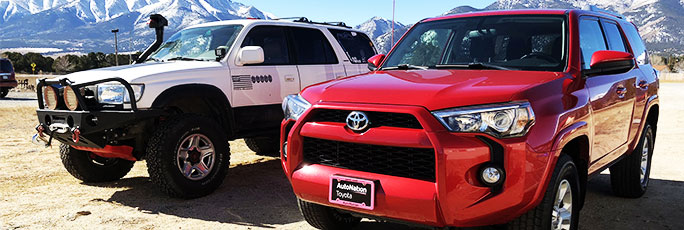
 4th of July Sale - 20% Off OEM Parts
4th of July Sale - 20% Off OEM Parts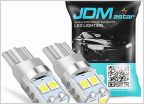 Recommendation for Puddle light LED for 2022 Limted
Recommendation for Puddle light LED for 2022 Limted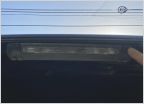 Brighter?!? lmk..
Brighter?!? lmk..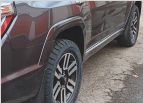 Mud flap recomendation
Mud flap recomendation Rear Bumper Guard or bar
Rear Bumper Guard or bar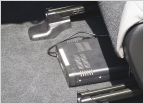 NMO antenna mount rain cap question…
NMO antenna mount rain cap question…












































































